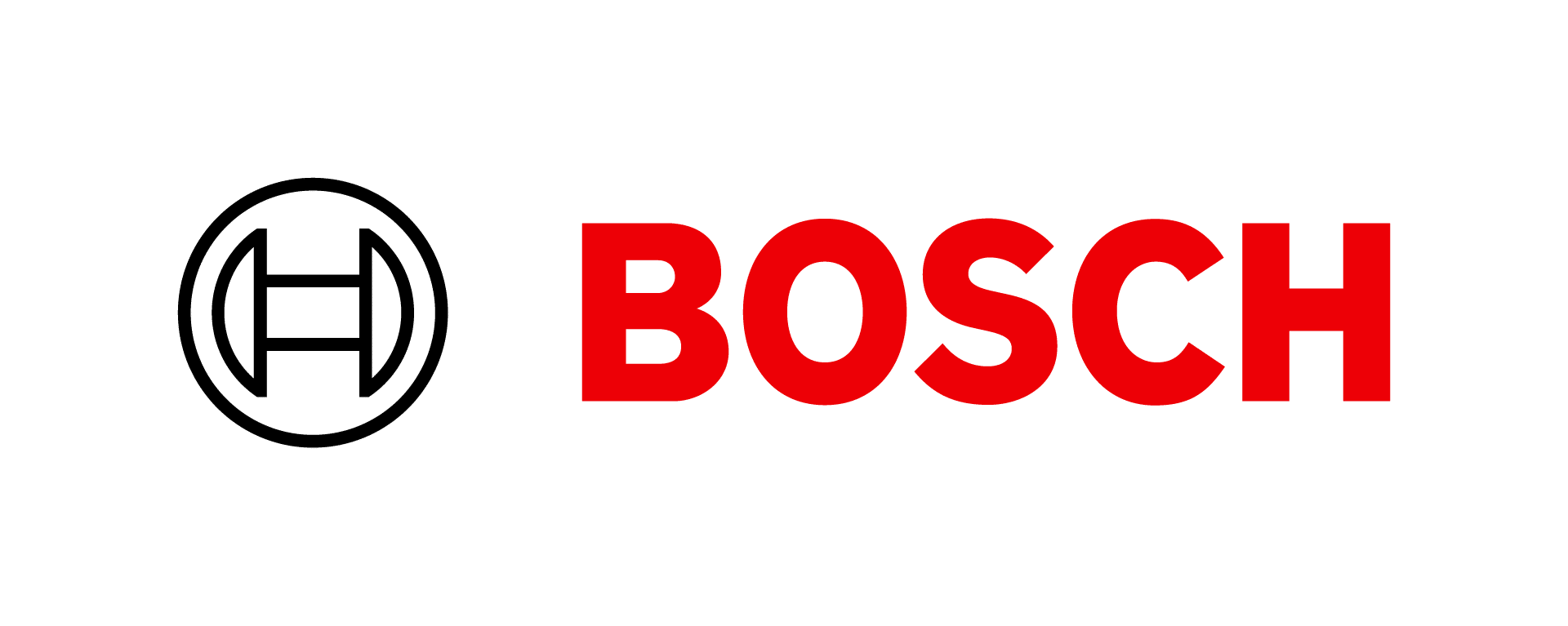Moving towards the Internet of Things
Increased demand for power for electric vehicles and growth in renewable energy sources are just two examples of the changes currently impacting the energy market. For energy suppliers such as the German utility EnBW, this opens up new business opportunities. Back in 2014, EnBW established its Innovation Campus in the city of Karlsruhe, Germany. The goal was to foster corporate startups that would then develop new business opportunities within the changing business environment in the energy sector.
One of the startups born of this initiative is SMIGHT, a company focused on. The team at SMIGHT quickly identified a number of key topics for city infrastructure and energy distribution. These include issues such as citizen connectivity, environment monitoring stations, and systems for charging electric vehicles.
The initial SMIGHT product was a multipurpose streetlight with environment sensors, a charging point for electric vehicles, and Wi-Fi support. Since then, SMIGHT has broadened its focus and now has a range of smart-city solutions on offer. These include a parking solution with ground sensors so that municipalities can monitor and optimize the use of parking spaces.
It wasn’t long before SMIGHT was wondering how these different solutions might be unified on a single technical foundation. The answer was to create a dedicated IoT platform. “We wanted to connect different systems and generate data flows between the many different pieces of a complex jigsaw puzzle,” says Ralf Rapude, IT project lead at SMIGHT. Openness was a key consideration from the very beginning: the aim was to deliver simple connectivity between various devices and to be able to integrate different types of solutions. “Either we develop things ourselves or we take something we find on the market and then integrate it within our IoT infrastructure – we don’t mind which,” Rapude explains.

Building an IoT platform
From the word go, the SMIGHT team knew they needed hardware and software that would scale to their needs. Along with scalability for data processing and data storage, they also required the ability to manage large numbers of deployed devices. Finally, they wanted a vendor with a long-term commitment and an excellent level of support.
Modularity and flexibility were also key considerations. The modular OSGi framework therefore seemed an obvious choice. “Given our preference for open standards, it was clear we needed an OSGi platform in one form or another,” Rapude says. “It also made sense in terms of risk management. Looking toward the future, we aren’t locked in to one vendor.”
After careful evaluation, SMIGHT opted for Bosch IoT Suite for their device-management and edge-computing requirements. “What impressed us about Bosch was that their product was developed over a long period of time, so we were pretty sure it wasn’t going to be decommissioned very soon,” Rapude explains. “There are quite a few products that show up on the market, get a lot of hype for a short period of time, then drop off the radar again. The Bosch solution had been around for quite a while, and that was what convinced us.”
IoT edge & analytics
We extended the IoT edge and analytics capabilities of Bosch IoT Suite. In the wake of this we renamed Bosch IoT Gateway Software to Bosch IoT Edge Services, which are accompanied by Bosch IoT Edge Agent.
Looking ahead
SMIGHT plans to roll out up to 20,000 devices over the next five years. At present, Bosch IoT Remote Manager is deployed on Microsoft Azure. The platform runs on a Docker infrastructure in order to help with scalability and reliability. The team is also looking at using the MQTT protocol to improve speed and reliability when transmitting messages from the device.
All in all, SMIGHT is highly satisfied with the Bosch partnership. “Bosch has played a crucial role,” Rapude says. “They understood our business, which meant they were flexible with licensing and able to provide the right level of technical support for our needs. And using Bosch IoT Suite meant that we didn’t need to implement the technology ourselves. In other words, we were able to rely on the experts at Bosch to provide the technology that powers our solution.”
